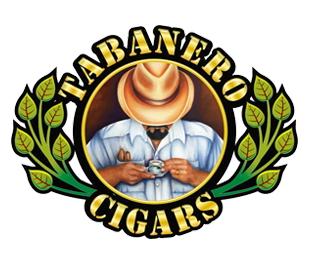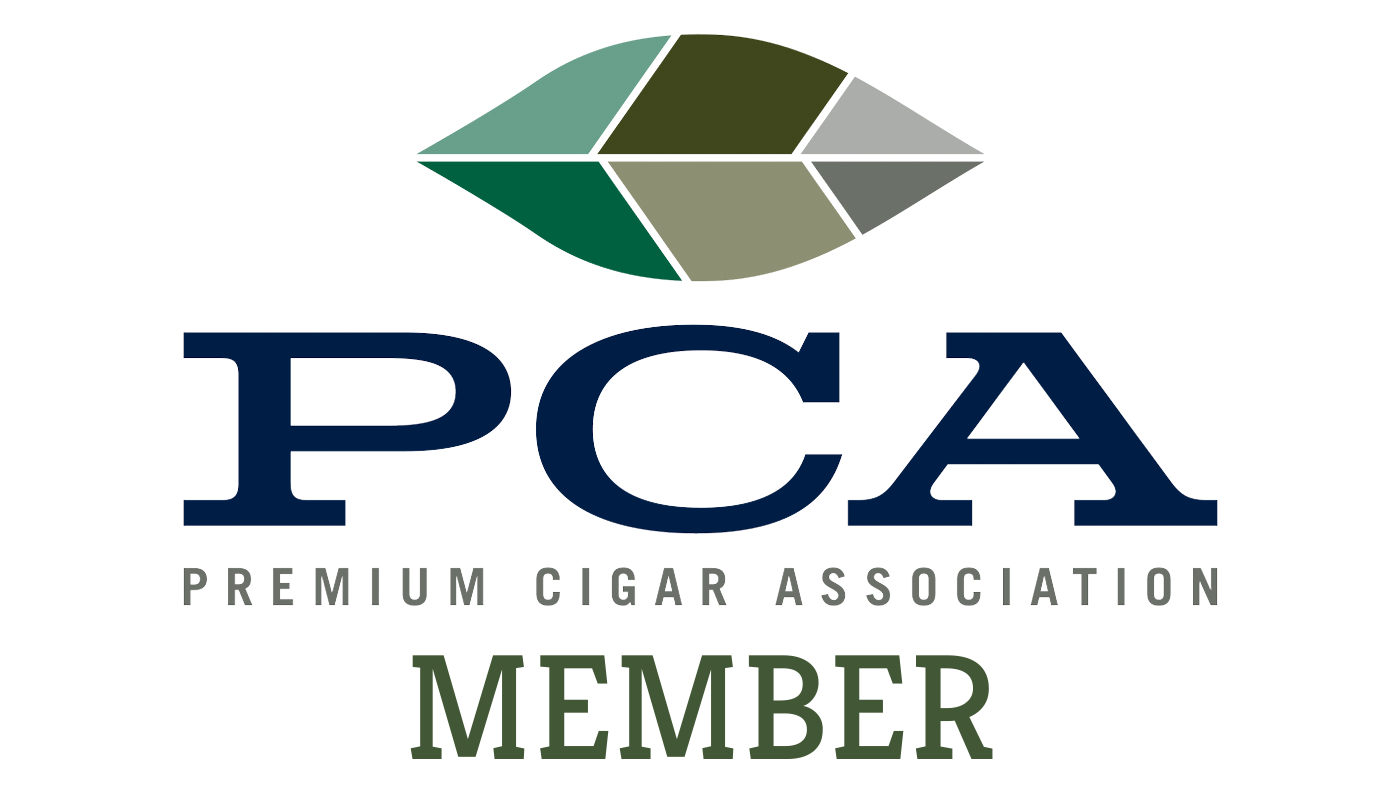What Goes In A Connecticut Wrapper?
There seem to be numerous wrappers available for various cigar varieties. Cigars are typically light tan to dark brown in color, while some odd cigars with a leafy green appearance can be encountered.
Here, we shall be specifically discussing the one and only, most beloved of wrappers - the Connecticut Wrapper. We shall go over what a Connecticut Wrapper is and how it's made.

What Is A Connecticut Wrapper?
Shade and broadleaf cigar tobaccos, as well as a lesser variety known as Havana, are grown in the Connecticut River Valley. The latter does not grow as tall or have as smooth leaves as the well-known Connecticut shade type, nor does it produce leaves as huge as the appropriately named broadleaf species. It does, nonetheless, have a unique flavor and a dark, rich hue.
The Havana-seed wrapper was quite popular in the early 1800s. It was the most popular plant in the Connecticut River Valley, a narrow strip of land that bisects Connecticut and produces some of the world's best tobacco.
The Connecticut cigar wrapper is among the most popular, and it is widely recognized as the most important American-sourced cigar wrapper. Several well-known cigars, including Ashton, Arturo Fuente, and Macanudo, use these wrappers.
Connecticut wrapper leaves are obtained from the Connecticut River Valley, which is unsurprising. This region is an important element of the nicotine sector in the United States.
The lighter tint, frequently a golden-brown, distinguishes these wrappers. Moreover, there are several sorts of Connecticut wrappers, such as the Broadleaf and the Shade.
Since tobacco grows best in the equatorial region, the Connecticut River Valley has been a fertile place with the good tobacco-growing ground for centuries.
Tobacco is cultivated along the Connecticut River from East Haddam to Vermont, passing through Massachusetts and New Hampshire. Because of the circumstances left by the glacial region that originally covered this area, the soil here is silty.
Grown Under Shade
Connecticut tobacco is usually grown in the shade, with cheesecloth or nylon mesh used to shield the leaves from the sun's rays and harsh winds. Shade-grown tobacco provides a number of advantages, including leaves that are thinner, bigger, more flexible, and more uniform in size. The above makes shade-grown tobacco leaves ideal for use as cigar wrapper leaves, which the Connecticut Shade is frequently employed for.
Tobacco plants cultivated in the shade tend to grow much larger than those grown in the open. This means that using this growing method; you may produce a lot more tobacco.
The uniformity of the leaf size not only provides larger leaves, but it also serves to provide the cigar a much smoother smoke, making the experience more enjoyable. Tobacco leaves cultivated in the shade are often less oily and coarse than those grown in the sun.
After Connecticut's success with shade-grown tobacco, several other tobacco-growing regions opted to follow suit. Currently, countries such as the Dominican Republic, Cuba, and Nicaragua all grow tobacco in the shade. Tobaccos with Connecticut seeds are grown in many different tobacco-producing locales.
To be classified as Connecticut Shade, however, tobacco must be farmed and planted in the Connecticut River Valley.
After reading this blog, you have hopefully gained much insight into the Connecticut Wrapper. However, do you want to gain some insight into cigars?
Tabanero Cigars have some of the best cigars in the market - and specifically, the Maceda Brand is one you should not miss the chance to try! These cigars shall introduce you to a premium flavor that will indeed become a new favorite.







Yanko Maceda
Author